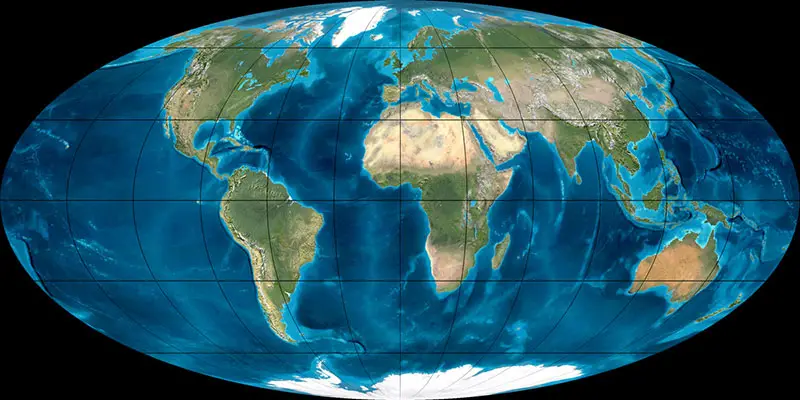Atelidae
Atelidae ist der Familienname von 51 Primaten, die ab dem frühen vor bis lebten. Viele Überreste wurden in Venezuela gefunden.
| Physiologie | |
|---|---|
| Gewicht: | ? |
| Schwestertaxa | |
Literatur
R. A. Stirton 1951, Ceboid monkeys from the Miocene of Colombia. University of California Publications in Geological Sciences. 28:11, p. 315 - 356J. F. Eisenberg, M. A. O'Connell, P.V. August 1979, Density, Productivity, and Distribution of Mammals in Two Venezuelan Habitats. Vertebrate Ecology in the Northern Neotropics, Smithsonian Inst. Press, Washington, D.C.. :11, p. 187 - 207
T. Setoguchi, T. Watanabe, T. Mouri 1981, The upper dentition of Stirtonia (Ceboidea, Primates) from the Miocene of Colombia, South America and the origin of the Postero-internal cusp of upper molars of howler monkeys (Alouatta). Kyoto University Overseas Research Reports of New World Monkeys. 2:11, p. 51 - 60
T. Setoguchi, T. Watanabe, T. Mouri 1985, Kondous laventicus, a new ceboid primate from the Miocene of the La Venta, Colombia, South America. Folia Primatologica. 44:2, p. 96 - 101
R. F. Kay, R. H. Madden, J. M. Plavcan, R. L. Cifelli, J. Guerrero Diaz 1987, Stirtonia victoriae, a new species of Miocene Colombian Primate. Journal of Human Evolution. 16:2, p. 173 - 196
R. F. Kay, R. H. Madden, J. Guerrero Diaz 1989, Nuevos hallazgos de monos en el Mioceno de Colombia. Ameghiniana. 25:3, p. 203 - 212
J. Terborgh, R. H. Madden, J. Guerrero Diaz 1990, An Overview of Research at Cocha Cashu Biological Station. Gentry, A.H., Four Neotropical Rainforests, Yale University Press, New Haven. :3, p. 48 - 59
E. G. Leigh, S.J. Wright, J. Guerrero Diaz 1990, Barro Colorado Island and Tropical Biology. Gentry, A.H., ed., Four Neotropical Rainforests, Yale University Press, New Haven. :3, p. 28 - 47
T. S. Lovejoy, R.O. Bierregaard, Jr., J. Guerrero Diaz 1990, Central Amazonian Forests and the Minimum Crtical Size of Ecosystems Project. Gentry, A.H., ed.. :3, p. 60 - 71
J. Terborgh, R.O. Bierregaard, Jr., J. Guerrero Diaz 1990, An Overview of Research at Cocha Cashu Biological Station. Gentry, A.H., Four Neotropical Rainforests, Yale University Press, New Haven. :3, p. 48 - 59
C. Cartelle, W. C. Hartwig, J. Guerrero Diaz 1996, A new extinct primate among the Pleistocene megafauna of Bahia, Brazil. Proceedings of the National Academy of Sciences. 93:3, p. 6405 - 6409
W. C. Hartwig, C. Cartelle, J. Guerrero Diaz 1996, A complete skeleton of the giant South American primate Protopithecus. Nature. 381:3, p. 307 - 311, DOI: 10.1038/381307a0
R. F. Kay, M. A. Cozzuol, J. Guerrero Diaz 2006, New platyrrhine monkeys from the Solimoes Formation (late Miocene, Acre State, Brazil). Journal of Human Evolution. 50:6, p. 673 - 686, DOI: 10.1038/381307a0
M. A. Cozzuol, M. A. Cozzuol, J. Guerrero Diaz 2006, The Acre vertebrate fauna: Age, diversity, and geography. Journal of South American Earth Sciences. 21:6, p. 185 - 203, DOI: 10.1038/381307a0
M. F. Tejedor, A. L. Rosenberg, C. Cartelle 2008, Nueva especie de Alouatta (Primates, Atelinae) del Pleistoceno Tardío de Bahía, Brasil. Ameghiniana. 45:1, p. 247 - 251, DOI: 10.1038/381307a0
